A cold plunge delivers an intense cold stimulus to your body. That’s why you should always enter the water slowly and carefully rather than jumping in. It takes more effort, but it allows your body to acclimate safely.
The cold causes our blood vessels to contract quickly. Your body switches into survival mode, focusing on protecting the core – where vital organs are located. Blood flow shifts away from the extremities (hands, feet, arms, and legs) and toward the torso.
Table of Contents

Hormonal Response: A Natural Boost
Your body begins to divert blood from the arms and legs to the center of the body to protect the core organs from the cold. In addition, your body converts more energy into heat and triggers the release of hormones including:
- Adrenaline and noradrenaline – sharpen alertness and activate the “fight or flight” response.
- Endorphins – natural feel-good chemicals that produce a sense of euphoria.
- Anti-inflammatory corticoids – support recovery and reduce inflammation.
Together, these hormonal shifts gives you both a powerful mood lift and an energizing effect.
Skin Vessels Constrict
The fact that the body is supplied with a lot of blood means that oxygen and nutrients are pumped into the blood vessels. The skin also changes positively, giving you a beautiful complexion.
- The skin vessels constrict because your body is so clever and wants to prevent heat from flowing out of your largest organ, the skin, too quickly.
- Interestingly, at the same time, the vessels inside your body expand to release more heat inside and better protect your organs.
This clever system helps your body conserve energy externally while staying protected internally.
After a cold plunge or cold water swimming session, your skin may appear rosy or blotchy due to uneven blood distribution. This is temporary – redness usually fades within 30–60 minutes.
Cardiovascular Activation
Cold plunging gets your heart and circulation working harder. Increased blood flow (hyperemia) improves oxygen delivery to the brain and mucous membranes.
At the same time, your blood pressure rises. For people with high blood pressure, this can be risky. Always consult a doctor before attempting cold plunging if you have cardiovascular concerns.
Energy Conversion: Blood Sugar and Fat
Another interesting fact for diabetics: cold plunging positively influences insulin levels. Because your body needs extra fuel to fight the cold, it taps into stored glucose and fat reserves. This process:
- Converts blood sugar and fatty acids into usable energy.
- Lowers blood sugar levels, which can be especially relevant for people with diabetes.
Since diabetes varies in type and severity, it’s best to consult a doctor before using cold plunging as part of your routine.
Final Thoughts
Cold plunging sets off a chain of powerful reactions in your body, from hormonal surges to improved circulation and energy use. While many benefits are well-documented, safety should always come first. Start gradually, listen to your body, and seek medical advice if you have underlying conditions.
Frequently Asked Questions
Q: How long should I stay in a cold plunge?
A: Beginners often start with 1–2 minutes and gradually increase. Always exit if you feel pain, dizziness, or uncontrollable shivering.
Q: Can cold plunging help with recovery?
A: Yes. Many athletes use cold plunges to reduce muscle soreness and inflammation after training.
Q: Is it safe to do a cold plunge every day?
A: For most healthy people, yes, as long as you keep sessions short and safe. However, always check with a healthcare provider if you have medical conditions.

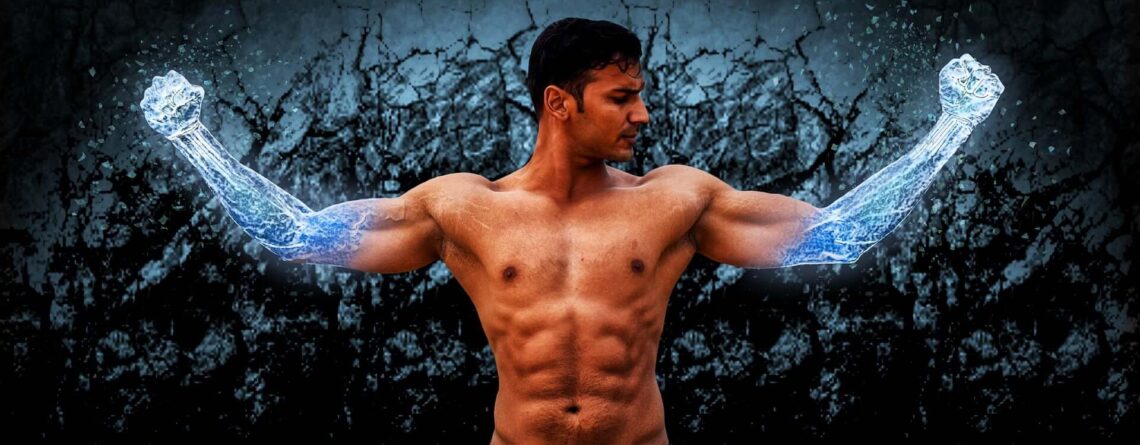

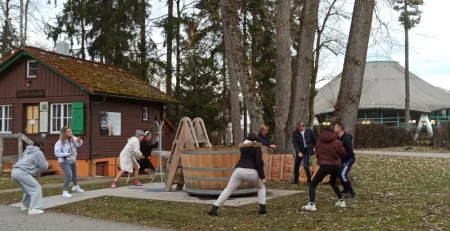


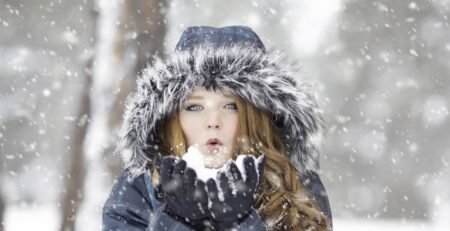
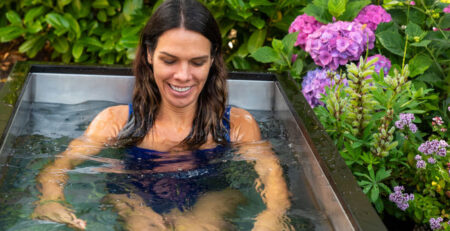
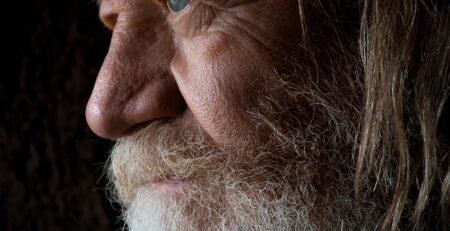

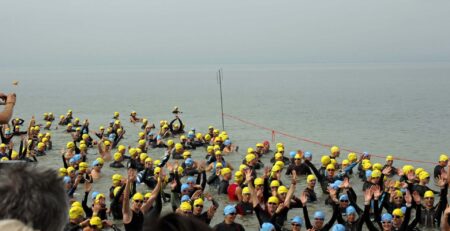
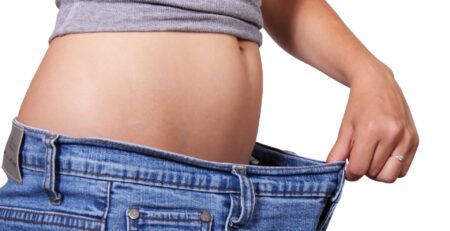
Leave a Reply